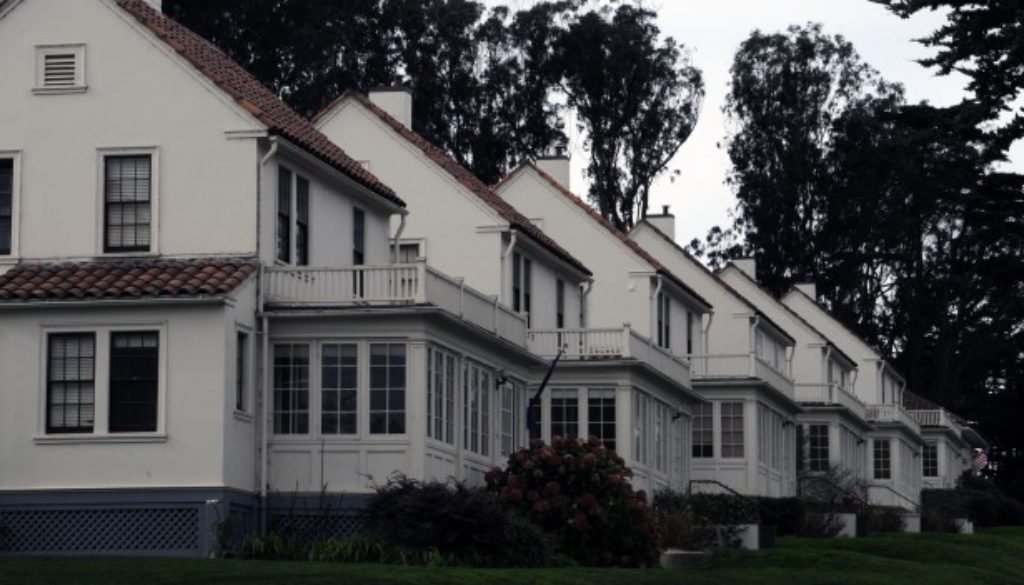Standards for Manufactured Housing Will Mean Higher Quality and Better Comfort
By Lauren Urbanek, Natural Resources Defense Council
The U.S. Department of Energy (DOE) has proposed the first energy efficiency standard update in more than two decades for manufactured housing, and it could save owners thousands of dollars on their energy bills while avoiding millions of tons of carbon pollution.
Manufactured homes, which house nearly 20 million U.S. residents, are assembled in factories with a wheeled metal frame so they can be transported to sites. They comprise about 6 percent of America’s homes and in 2015, 70,519 manufactured homes were shipped, more than the number of single-family homes built in any state except Texas. Costing considerably less than site-built homes, manufactured homes can serve as affordable options for low- to moderate-income households.

Unfortunately, the more affordable purchase price belies their higher energy costs. The average energy cost per square foot of a manufactured home can be more than twice as high as larger single-family homes.
Under the efficiency standards proposed by DOE in June 2016, manufactured homes purchased between 2017 and 2046 would, cumulatively, cut energy use by up to 29.9 percent over a 30-year lifetime compared to a conventional manufactured home meeting the current standard. This will save owners about $4,000 while avoiding about 18.1 million metric tons of carbon dioxide pollution from generating the extra electricity.
The efficiency standard for manufactured housing– the “HUD Code” (established by the Department of Housing and Urban Development in 1976) — hasn’t been significantly updated since 1994. According to our partner the American Council for an Energy-Efficient Economy (ACEEE)’s blog on the proposed standards, even when Congress got fed up and directed the DOE to update the standards in 2007, the 2011 deadline came and went without even a draft. So while many manufactured homes are high quality (and often indistinguishable from a traditionally built home at first glance), others are energy-inefficient, use outdated components and are financially burdensome for the homeowner.

The proposed standards, based on recommendations from a DOE Manufactured Housing Working Group that included NRDC, vary by climate zone. The working group started by looking at the residential section of the 2015 International Energy Conservation Code (IECC), which is the code used for traditionally-built homes, and then made modifications to make the proposed standards more appropriate for manufactured housing. Changes included the following, though this is not an exhaustive list:
- Consolidating the number of climate zones from 8 to 4 to make the standard more feasible for manufacturers, as the eight IECC climate zones generally do not follow state borders
- Two approaches to address the building thermal envelope (the outer shell of a building, including its roof, walls and windows):
- A prescriptive-based approach that would require specific component criteria (i.e., a specific R-value for insulation in walls, a specific solar heat gain coefficient for windows, etc.) or
- A performance-based approach based on setting a maximum building shell heat transfer requirement, or U-factor. This is a measure of how well a building keeps conditioned air in while keeping hot air (in the summer) or cold air (in the winter out), because a higher U-factor means that the building generally has worse thermal performance.
The prescriptive-based requirement is easy to understand and implement, while the performance-based requirement allows manufacturers additional flexibility. The working group did not include the Energy Rating Index specified in the 2015 IECC, as manufacturers indicated that they would not use this approach for manufactured homes.
- Updated insulation requirements based on the 2015 IECC, but modified to account for the unique design and transportation needs of manufactured housing
- Replacing the requirement for maximum building thermal envelope air leakage (which is nearly impossible to test in homes that are trucked to their final location in parts) with sealing requirements that can be visually inspected
The proposed standard also adopts many of the sections of the 2015 IECC without revision, including requirements for programmable thermostats, certain requirements for hot water systems, and requirements for heating and cooling equipment sizing. A full list of changes can be found in the proposed standards.

Next steps
DOE is now evaluating comments on the proposed manufactured housing standard, and is expected to issue a final proposal in the upcoming months. Looking forward, DOE and stakeholders must determine the critical steps of compliance and enforcement, as the proposed standards currently lack provisions on these issues. DOE indicates that they will do so in a future rulemaking.
It’s also important to note that a lot of cost-effective energy efficiency is still available for manufactured homes, above and beyond what was included in the proposed standard. This is where the U.S. Environmental Protection Agency’s ENERGY STAR® program can be very valuable. The ENERGY STAR® label signifies the most energy efficient products on the market. While a standard for ENERGY STAR ® manufactured homes exists now, it must be revised to reflect the work done by DOE and stakeholders in this working group. A stringent ENERGY STAR® standard for manufactured homes will mean that manufacturers that go above and beyond the federal standard get proper recognition, and consumers benefit by getting an even more efficient manufactured home.
Manufactured housing is an affordable solution for many households. The proposed new standards will ensure that these homes waste less energy – and dollars — which means more durable, higher-quality housing solutions for these families. That’s power to the people—and to the planet.

